N-Methylcyclohexylamine
Synonym(s):N-Cyclohexylmethylamine
- CAS NO.:100-60-7
- Empirical Formula: C7H15N
- Molecular Weight: 113.2
- MDL number: MFCD00003832
- EINECS: 202-869-3
- SAFETY DATA SHEET (SDS)
- Update Date: 2024-12-18 14:15:30
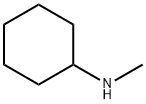
What is N-Methylcyclohexylamine?
Chemical properties
clear colourless to yellow liquid
The Uses of N-Methylcyclohexylamine
N-Methylcyclohexylamine is used as a component of vulcanization accelerators, but the market size is relatively small.
The Uses of N-Methylcyclohexylamine
Intermediate, solvent, acid acceptor.
The Uses of N-Methylcyclohexylamine
N-Methylcyclohexanamine is a chemical reagent used in the synthesis of Mps1 kinase inhibitors used in cancer research. Also used in the synthesis of antituberculosis agents as indole-2-carboxamides.
Definition
ChEBI: A secondary aliphatic amine having methyl and cyclohexyl as the two alkyl groups.
Preparation
N-Methylcyclohexylamine can be prepared by a procedure similar to that used for cyclohexylamine, i.e., by hydrogenation of methylaniline over a supported nickel catalyst or from cyclohexanone and methylamine under hydrogenation conditions. Cyclohexylamine reacts with methanol over copper, zinc, or copper – calcium catalysts.
General Description
A water-white liquid. Slightly soluble in water and floats on water. A strong irritant to skin and eyes. Corrosive. Used as a solvent.
Air & Water Reactions
Flammable. Slightly soluble in water.
Reactivity Profile
METHYL CYCLOHEXYLAMINE neutralizes acids in exothermic reactions to form salts plus water. May be incompatible with isocyanates, halogenated organics, peroxides, phenols (acidic), epoxides, anhydrides, and acid halides. Flammable gaseous hydrogen may be generated in combination with strong reducing agents, such as hydrides.
Hazard
Toxic. Strong irritant to tissue.
Health Hazard
May cause toxic effects if inhaled or ingested/swallowed. Contact with substance may cause severe burns to skin and eyes. Fire will produce irritating, corrosive and/or toxic gases. Vapors may cause dizziness or suffocation. Runoff from fire control or dilution water may cause pollution.
Fire Hazard
Flammable/combustible material. May be ignited by heat, sparks or flames. Vapors may form explosive mixtures with air. Vapors may travel to source of ignition and flash back. Most vapors are heavier than air. They will spread along ground and collect in low or confined areas (sewers, basements, tanks). Vapor explosion hazard indoors, outdoors or in sewers. Runoff to sewer may create fire or explosion hazard. Containers may explode when heated. Many liquids are lighter than water.
Properties of N-Methylcyclohexylamine
| Melting point: | -9--7 °C (lit.) |
| Boiling point: | 149 °C (lit.) |
| Density | 0.868 g/mL at 25 °C (lit.) |
| vapor density | 4 (vs air) |
| vapor pressure | 11 mm Hg ( 40 °C) |
| refractive index | n |
| Flash point: | 85 °F |
| storage temp. | Keep in dark place,Inert atmosphere,Room temperature |
| solubility | 54g/l |
| form | Liquid |
| pka | 11.03±0.20(Predicted) |
| Specific Gravity | 0.855 (20/4℃) |
| color | Clear colorless to yellow |
| PH | 12 (10g/l, H2O, 20℃) |
| explosive limit | 2.2-10.5%(V) |
| Water Solubility | 5.4 g/100 mL (20 ºC) |
| Sensitive | Air Sensitive |
| BRN | 1523664 |
| Dielectric constant | 3.6400000000000001 |
| CAS DataBase Reference | 100-60-7(CAS DataBase Reference) |
| NIST Chemistry Reference | Cyclohexanamine, N-methyl-(100-60-7) |
| EPA Substance Registry System | Cyclohexanamine, N-methyl- (100-60-7) |
Safety information for N-Methylcyclohexylamine
| Signal word | Danger |
| Pictogram(s) |
 Flame Flammables GHS02  Corrosion Corrosives GHS05  Skull and Crossbones Acute Toxicity GHS06 |
| GHS Hazard Statements |
H226:Flammable liquids H290:Corrosive to Metals H302:Acute toxicity,oral H311:Acute toxicity,dermal H314:Skin corrosion/irritation H412:Hazardous to the aquatic environment, long-term hazard |
| Precautionary Statement Codes |
P210:Keep away from heat/sparks/open flames/hot surfaces. — No smoking. P273:Avoid release to the environment. P280:Wear protective gloves/protective clothing/eye protection/face protection. P301+P330+P331:IF SWALLOWED: Rinse mouth. Do NOT induce vomiting. P303+P361+P353:IF ON SKIN (or hair): Remove/Take off Immediately all contaminated clothing. Rinse SKIN with water/shower. |
Computed Descriptors for N-Methylcyclohexylamine
N-Methylcyclohexylamine manufacturer
New Products
(S)-3-Aminobutanenitrile hydrochloride 4-Methylphenylacetic acid N-Boc-D-alaninol N-BOC-D/L-ALANINOL Tert-butyl bis(2-chloroethyl)carbamate 3-Morpholino-1-(4-nitrophenyl)-5,6-dihydropyridin- 2(1H)-one Furan-2,5-Dicarboxylic Acid Tropic acid 1-Bromo-3,5-Di-Tert-Butylbenzene S-2-CHLORO PROPIONIC ACID ETHYL ISOCYANOACETATE 2-Bromo-1,3-Bis(Dimethylamino)Trimethinium Hexafluorophosphate 4-IODO BENZOIC ACID 3-NITRO-2-METHYL ANILINE 1-(2,4-DICHLOROPHENYL) ETHANAMINE (2-Hydroxyphenyl)acetonitrile 4-Bromopyrazole 2-(Cyanocyclohexyl)acetic acid 4-methoxy-3,5-dinitropyridine 1-(4-(aminomethyl)benzyl)urea hydrochloride 2-aminopropyl benzoate hydrochloride diethyl 2-(2-((tertbutoxycarbonyl)amino) ethyl)malonate tert-butyl 4- (ureidomethyl)benzylcarbamate Ethyl-2-chloro((4-methoxyphenyl)hydrazono)acetateRelated products of tetrahydrofuran


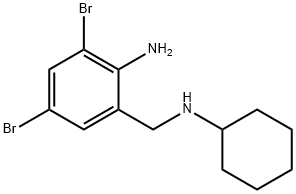
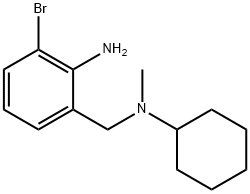
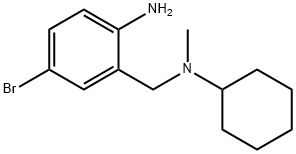



You may like
-
 N-Methylcyclohexylamine CAS 100-60-7View Details
N-Methylcyclohexylamine CAS 100-60-7View Details
100-60-7 -
 n-Methylcyclohexylamine CAS 100-60-7View Details
n-Methylcyclohexylamine CAS 100-60-7View Details
100-60-7 -
 N-Methylcyclohexylamine 98% CAS 100-60-7View Details
N-Methylcyclohexylamine 98% CAS 100-60-7View Details
100-60-7 -
 N-Methylcyclohexylamine CAS 100-60-7View Details
N-Methylcyclohexylamine CAS 100-60-7View Details
100-60-7 -
 N-Methylcyclohexylamine CAS 100-60-7View Details
N-Methylcyclohexylamine CAS 100-60-7View Details
100-60-7 -
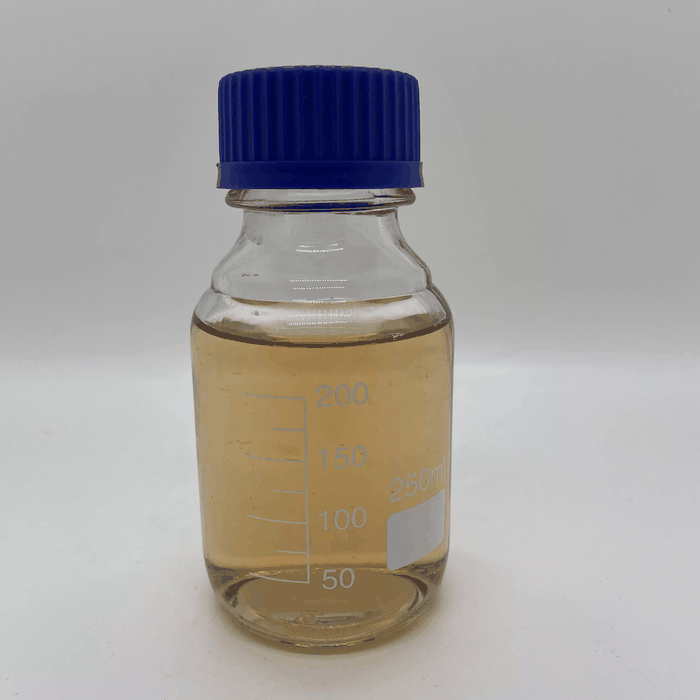 N-Methylcyclohexylamine 99%View Details
N-Methylcyclohexylamine 99%View Details -
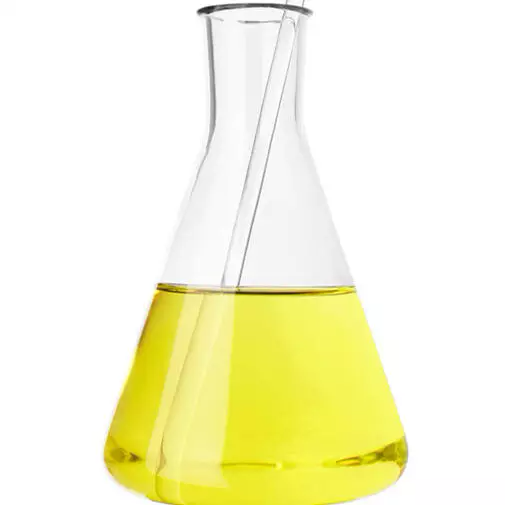 N-Methylcyclohexylamine 98%View Details
N-Methylcyclohexylamine 98%View Details -
 118753-70-1 98+View Details
118753-70-1 98+View Details
118753-70-1